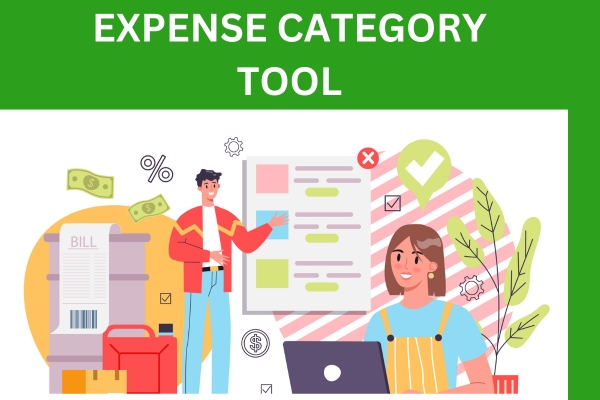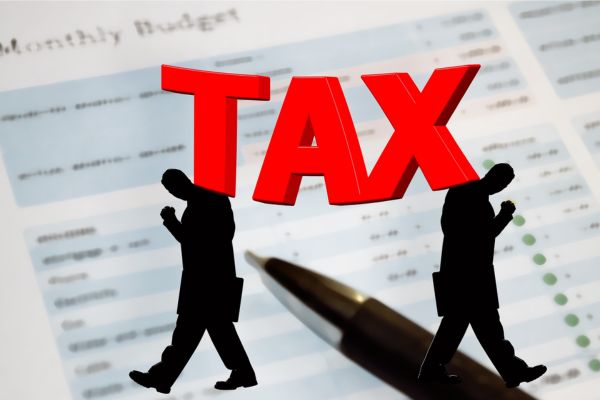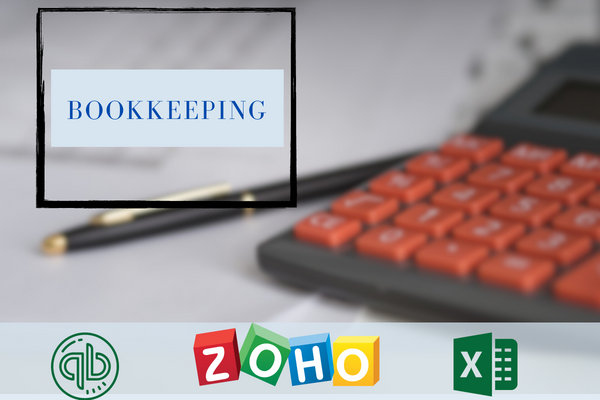Proper expense categorization allows online retailers to gain better insights into their financial activities, make informed decisions, and optimize their spending. In the competitive landscape of e-commerce, online retailers face numerous financial challenges. Expense categorization acts as a fundamental tool to organize and understand the various costs involved in running an online retail business. By categorizing expenses effectively, retailers can gain insights into their financial health, identify areas for improvement, and optimize their overall business performance.
Why Expense Categorization Matters
Expense categorization is essential for online retailers due to the following reasons:
Financial Visibility: Categorizing expenses provides a clear and organized overview of a retailer’s financial activities, allowing them to monitor cash flow, track spending patterns, and identify potential cost-saving opportunities.
Accurate Reporting and Analysis: Proper categorization enables retailers to generate accurate financial reports and perform detailed analysis, facilitating better decision-making processes and strategic planning.
Tax Compliance: Well-categorized expenses simplify the tax filing process, ensuring compliance with tax regulations and maximizing eligible deductions.
Key Expense Categories for Online Retailers
Cost of Goods Sold (COGS)
COGS includes the direct expenses associated with the production or procurement of goods sold. It encompasses costs such as raw materials, manufacturing expenses, packaging, and shipping costs directly related to the products being sold.
Marketing and Advertising Expenses
Marketing and advertising expenses cover promotional activities, including digital marketing campaigns, social media advertising, influencer partnerships, and search engine optimization efforts.
Operational Expenses
Operational expenses encompass day-to-day costs necessary to keep the business running smoothly. This category includes rent, utilities, salaries, insurance, office supplies, and any other expenses associated with administrative tasks and overhead.
Payment Processing Fees
Payment processing fees are charges incurred when processing online transactions. These fees are usually a percentage of the transaction value or a fixed amount per transaction.
Shipping and Fulfillment Costs
Shipping and fulfillment costs cover expenses related to packaging, shipping materials, shipping services, and logistics. These expenses are particularly significant for online retailers who rely on efficient and reliable shipping to deliver products to customers.
Developing an Expense Categorization System
Analyzing Historical Data
Begin by analyzing historical financial data to gain insights into past expenses. Look for patterns, identify common expenditure categories, and assess the relevance and accuracy of existing expense categorization.
Customizing Categories for Your Business
Tailor expense categories to align with your specific business needs and industry requirements. Consider creating subcategories within broader expense categories to enhance granularity and facilitate more precise financial analysis.
Utilizing Accounting Software
Leverage accounting software to streamline the expense categorization process. Many software solutions offer features that automate expense tracking, allow for easy categorization, and generate comprehensive financial reports.
Best Practices for Expense Categorization
Consistency and Accuracy
Maintain consistency in categorizing expenses across all financial records to ensure accurate reporting and analysis. Develop clear guidelines and train employees involved in expense tracking to follow the established categorization system.
Regular Review and Adjustment
Regularly review and update the expense categorization system to reflect changes in business operations, industry trends, and evolving expense types. Adjustments should be made in a timely manner to maintain accuracy and relevance.
Automation and Integration
Explore automation options to streamline the expense categorization process. Integration between accounting software and other business tools, such as payment processors and e-commerce platforms, can significantly reduce manual effort and improve efficiency.
Documenting Expenses
Maintain detailed records of all expenses, including receipts, invoices, and supporting documentation. Accurate documentation serves as valuable evidence during audits and ensures transparency in financial transactions.
Benefits of Effective Expense Categorization
Implementing an effective expense categorization system offers several benefits to online retailers:
Improved financial visibility and control
Enhanced decision-making through accurate financial analysis
Simplified tax filing and compliance
Identifying cost-saving opportunities
Streamlined budgeting and forecasting
How often should I review and adjust my expense categorization system?
It is recommended to review your expense categorization system on a quarterly basis or whenever there are significant changes in your business operations or expense types.
Can I use spreadsheets for expense categorization, or do I need accounting software?
While spreadsheets can be used for basic expense tracking, utilizing dedicated accounting software offers greater automation, accuracy, and comprehensive reporting capabilities.
Should I categorize every expense individually, or can I group similar expenses together?
Grouping similar expenses together under broader categories is generally recommended for ease of analysis. However, maintaining a balance between granularity and practicality is important.
How can automation help with expense categorization?
Automation can reduce manual effort by integrating systems, automatically categorizing expenses based on predefined rules, and generating real-time reports, saving time and improving accuracy.
Is it necessary to keep records of all expenses and supporting documentation?
Yes, maintaining detailed records of expenses, including receipts and invoices, is crucial for accurate financial reporting, tax compliance, and potential audits.



